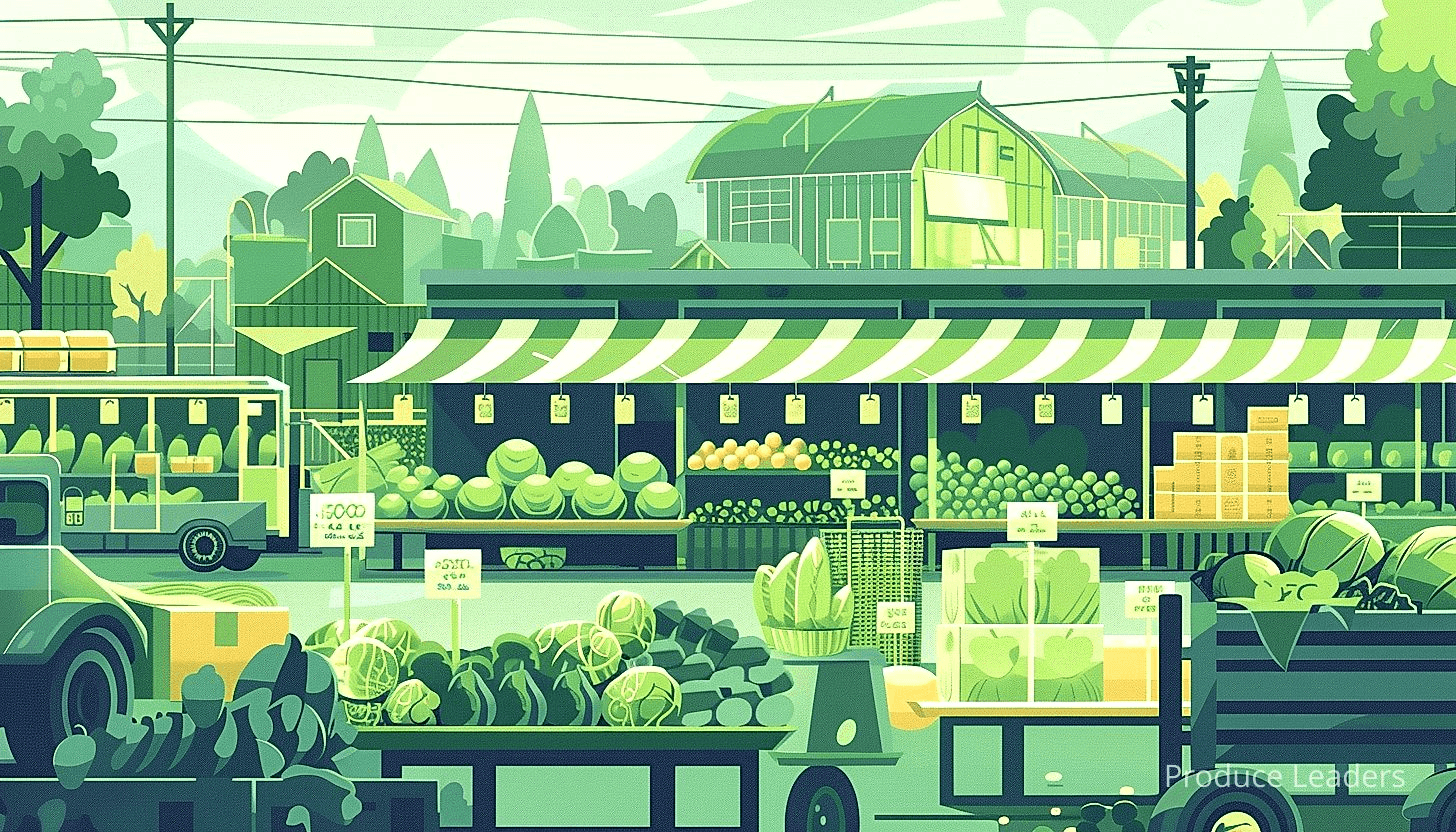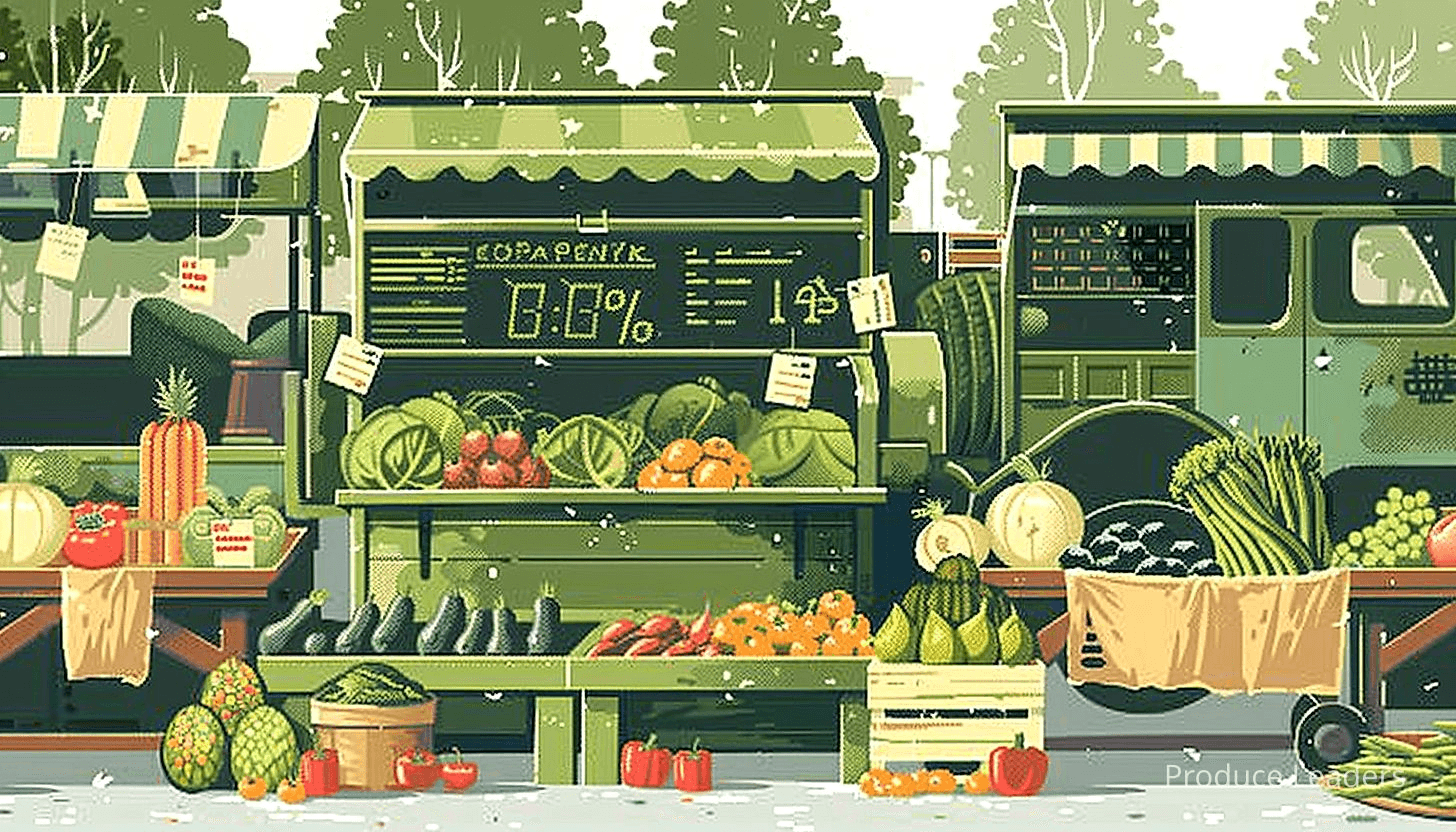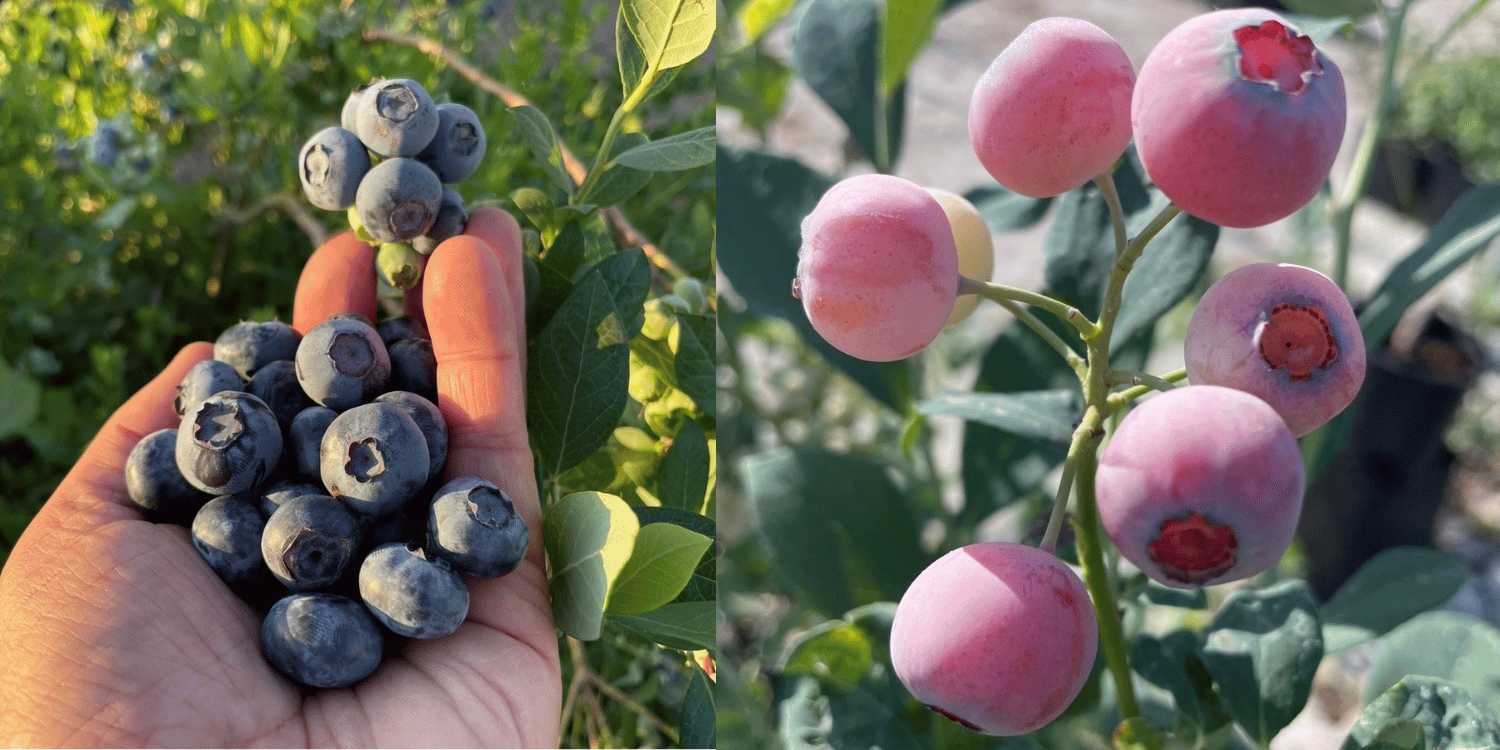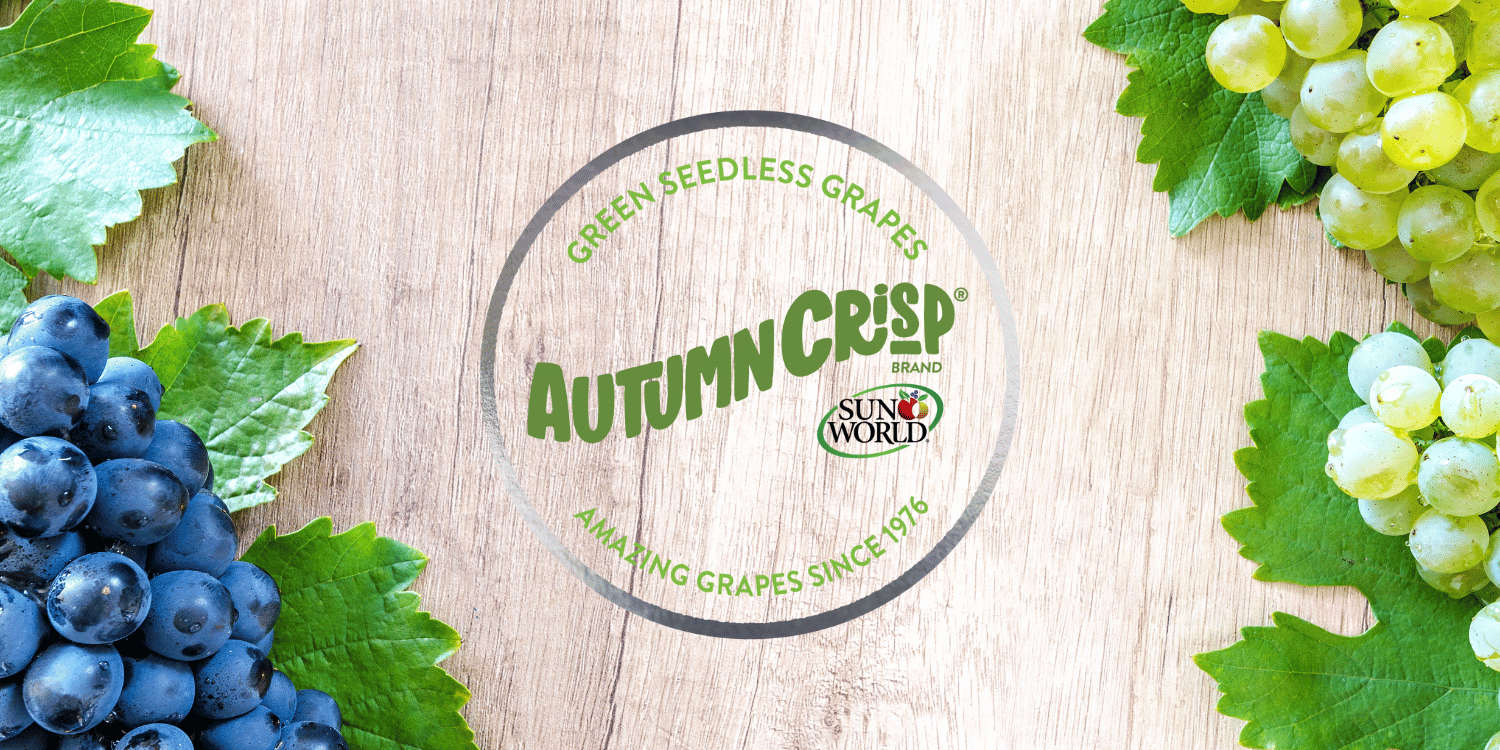Retail pricing for fresh produce is primarily determined by supply and demand.
When supplies are abundant and demand is lower, prices tend to drop.
On the other hand, when demand is high and supply is limited, prices are likely to increase.
Another factor influencing retail pricing is the cost of cultivation, harvesting, transportation and storage of the produce.
Any changes in these costs, for example due to weather conditions or fuel prices, will be reflected in the retail price.
Additionally, retailers may also factor in competitive positioning and their profit margin goals when setting their retail prices.
- Pricing in fresh produce is determined by factors such as supply, demand, and costs of cultivation.
- Abundant supply often leads to change in pricing.
- Prices escalate when demand exceeds supply.
- Cultivation, transportation, and storage costs all influence pricing.
- Competitive positioning and profit margin goals also impact pricing strategy.
In the upcoming sections, there will be additional insight into other integral aspects of retail pricing strategies for fresh produce.
Getting deeper into the effects of seasonal changes like climate and weather patterns on pricing, we will see how these factors can sway the balance of supply and demand.
Also, we will study how legislations or policies on agricultural products play a major role in determining the price, offering a comprehensive understanding of the complexity of retail pricing in the fresh produce market.
Don’t miss out on gaining a broader perspective on this interesting and relevant topic.
Contents
- What Determines Fresh Produce Pricing?
- How Does Supply and Demand Impact Pricing?
- Price Changes in Abundant Supply Periods?
- What Happens When Demand Exceeds Supply?
- Impact of Cultivation Costs on Pricing?
- How Transportation Costs Influence Pricing?
- Role of Storage Costs in Pricing
- Importance of Competitive Positioning in Pricing
- Profit Margin Goals Impact on Pricing
- The Bottom Line
What Determines Fresh Produce Pricing?
In Short: Fresh produce pricing is determined by several interacting factors including scarcity, quality, labor costs, water and input prices, weather, and distance from farm to market. Understanding these factors can help consumers make informed decisions and appreciate the labor and resources that go into their daily meals.
The world of fresh produce pricing is both dynamic and layered. Several factors work together to shape the final price we see on the tag in the store.
Scarcity of certain produce is a salient data point in this equation. Ever wonder why asparagus is so costly?
It’s due to lower supply and higher production costs. Certain items simply require more resources to grow, whether we talk about the special soil, extra time, or even workforce.
No wonder scarcity influences market prices, right?
Another considerable factor is quality. As you may guess, not all fruits and vegetables are created equal. When something is particularly delicious or boasts an organic label, chances are you would be willing to pay more for it, wouldn’t you?
Quality and brand positioning can make a significant difference in pricing. The old adage, “you get what you pay for” typically holds true, especially when it comes to organic top-tier products.
The cost of labour can also not be ignored. Every element in the supply chain, from the person who picks the apple off the tree to the truck driver who transports it, plays a role in determining the price. Is it safe to say then, that whenever we buy a peach or a plum, we are actually paying for the whole army of people who brought it to us?
Let’s take a peek at several additional, perhaps less obvious, factors, shall we?
- The price of water and other necessary inputs can substantially affect the final price of fresh produce.
- Then, there’s weather, which unpredictability can make or break an entire season’s crop.
- Also, the distance from farm to market is crucial. The farther the food has to travel, the steeper the price to cover transport costs.
Finally, there’s pure market demand. It’s not just about how much we as consumers want a particular produce item. That item has to be popular enough to merit display on the grocery store shelf in the first place. Would you want to stock and offer an exotic fruit that no one really seeks?
Pro Tip: To make informed decisions as consumers, understand that fresh produce pricing is determined by several factors including scarcity, quality, labour costs, price of water and other inputs, weather conditions, transportation distance, and market demand.
All these factors, and more, combine to determine what we pay for our fruit, vegetables, and other fresh produce. Does it make you consider the complex journey your salad ingredients make before ending up on your dinner table?
Understanding the process and the many elements that influence fresh produce pricing can help us make more informed decisions as consumers. Perhaps more importantly, it can foster an appreciation for the immense labor and resources that go into the simplest of our daily meals. Food for thought, isn’t it?
How Does Supply and Demand Impact Pricing?
In Short: Supply and demand heavily influence retail pricing in the fresh produce market, with high demand and low supply leading to increased prices and vice versa. Several factors impact this balance, including crop diseases, unpredictable weather, and changes in consumer preferences.
The influence of supply and demand forms the backbone of retail pricing in the fresh produce sector.
Consider the underlying principle.
The economic laws of supply and demand state that if there is high demand for a specific item and the supply is low, the price increases.

Why? Because retailers realize that consumers are willing to pay more.
Conversely, if an item is plentiful, but buyers are few, the price drops.
Does it make sense? Isn’t the need to make a profit driving this mechanism?
The harvest season is also a major player.
During peak harvest time, the market is flooded with fresh produce.
The supply suddenly outpaces the demand.
What happens? Naturally, the price drops.
You might have noticed that during certain times of the year, your shopping bill is a little cheaper.
Ever wondered why?
It’s the economic dance between supply and demand playing out right in your grocery cart.
Now, this phenomena is not only seasonal, but can also be impacted by unforeseen events.
Consider a sudden weather event or a disease outbreak that drastically reduces a crop yield.
What could that mean for your green grocer?
With produce scarcity, prices could escalate dramatically, even though the demand remains constant.
Let’s discuss some factors that can affect the balance of supply and demand in fresh produce pricing:
- Pest and disease outbreaks: These can severely impact a crop, reducing the supply and driving up prices.
- Weather patterns: Unpredictable weather can impact the growth and availability of certain produce. For instance, a drought can lead to scarcity, and as a result, raise prices.
- Consumer Preferences: Trends in healthy eating and preference for organic produce can increase demand, causing prices to climb.
These factors, among others, play a significant role in determining the retail price you, the consumer, see on your grocery shelf.
I want you to remember, it all circles back to supply and demand.
And there’s no doubt that the fresh produce sector has its unique set of variables.
Variables that delicately dance on the tightrope of balance that is supply and demand.
Important: The economic laws of supply and demand impact the pricing in the fresh produce sector, indicating that if a particular item is in high demand and the supply is low, the price increases, while if an item is plentiful and there are few buyers, the price drops.
In the end, this balance paints a complex picture of pricing in the world of fresh produce retail.
Isn’t it fascinating how supply and demand come to life in the aisle of your grocery store?
Price Changes in Abundant Supply Periods?
In Short: When the supply of fresh produce exceeds demand, retailers typically lower prices to quickly sell their stock before it spoils; this move is strategic, boosting consumption and potentially attracting new customers. However, when prices fall too low, it can disadvantage retailers, who risk wastage and spoilage if they fail to sell their goods in time, necessitating better supply chain logistics and inventory management.
When the supply of fresh produce increases, the impact on retail pricing is typically significant. Why is that so, you ask?
Well, the answer quite simply lies in the dynamics of the supply-demand relationship. In periods of abundant supply, retailers often have more produce than they can sell, before it spoils.
This means that they have to find ways to move the produce quickly. One of the main strategies they use is to lower prices.
These reductions in prices occur due to the perishable nature of fresh produce. Imagine being a retailer with a huge supply and not enough demand, would you not lower your prices too?
The price reduction strategy is not merely a whim, but a well thought out and strategic move. What if I told that it has numerous impacts?
For instance, it encourages increased consumption at the consumer level. Moreover, it helps retailers avoid the cost of unsold produce going bad. Think about it, isn’t it a smart move?
The following points should help you understand the impacts of abundant supply on retail pricing:
- In a competitive market, sellers who don’t lower their prices risk losing their customers to those that do. Retailers can’t risk that in periods of abundant supply, can they?
- Reductions in price often stimulates demand, thereby enabling retailers to sell off more of their abundant supply before it spoils.
- Interestingly, some retailers use this as a strategy to attract new customers. After all, who can resist a good bargain? Especially when it’s fresh and healthy produce we’re talking about.
However, this isn’t to say that a period of abundant supply is always beneficial. Can one have too much of a good thing?
Yes, when prices fall too low, they can actually disadvantage retailers. They have to sell a much larger volume of produce to make the same profit.
Worse still, if they fail to sell in time, they lose their stock to wastage and spoilage. What a travesty, wouldn’t you agree?
Thus, while price changes certainly are a reality in periods of abundant supply, they are not always beneficial or desirable from a retailer’s perspective. How then, can this situation be alleviated?
Some suggest that better supply chain logistics and inventory management could be a solution. This would allow retailers to better predict demand and adjust their supply accordingly.
But until this becomes a widespread reality, price variances in periods abundant supply will continue to be a reality. And for consumers, that means focusing on what’s the best bang for their buck.
I hope that gives you a clearer picture of how the dynamics of supply, demand and pricing works in the world of retail fresh produce. Perhaps, you have fresh perspective now?
What Happens When Demand Exceeds Supply?
In Short: When demand exceeds supply in the fresh produce market, it often results in increased prices, limited customer purchases, and potential shortages, ultimately impacting retailers’ strategy and social relations within the market. Retailers must balance competing for profit, customer satisfaction, stock management and price flexibility to survive such demanding conditions effectively.
The phenomenon of demand exceeding supply creates a significant impact on the pricing of fresh produce. It’s not just about money. It touches upon key aspects of the retail industry and has social implications, too.
Consider this. What occurs when people want to buy more apples than a grocery store has available?
Well, that leads us to the basic economic principle of supply and demand. In a situation of high demand and low supply, several things are likely to occur.

Primarily, the price of these high-demand products typically increases. Stores realize that they can charge more for a product in limited quantity that everyone wants. Is it just profit-making or is there more to the story?
To break it down a bit, let’s look at some likely outcomes when demand surpasses supply in the fresh produce market:
- The price increases to balance the high demand.
- Stores may restrict the quantity one customer can buy.
- The produce may run out and not everyone will get what they wanted.
- Eventually, higher prices may reduce the demand over time.
As unappealing as it sounds, surging prices are a significant tool for retailers. Raised prices help retailers manage a surge in demand and ensure fair distribution. It’s a technique that prevents the early birds from snatching up everything, leaving nothing for other customers.
Doesn’t this scenario seem to punish consumers for no fault of their own?
But, this is not always the case. Retailers are not just after higher profits. They also want to ensure they maintain a good relationship with customers. They don’t want to lose them due to high prices or lack of products. Who would?
It’s not a perfect system though. The steps a retailer takes when demand exceeds supply can also have a discouraging effect. Customers might decide the higher prices are not worth it and may seek alternatives.
Don’t they have a point, too?
This is a nuanced issue, with no easy answers. Retailers need to work on striking a balance between their needs and that of their consumers. They can’t forget that customer satisfaction is paramount. Agreed?
When demand exceeds supply, it’s not a one-headed beast. It’s an intricate situation, requiring skillful handling. It’s best tackled by keeping a close eye on customer reactions, price flexibility, and stock conditions.
Unsure if each action by retailers is strategic or opportunistic?
Well, truth is, it’s a bit of both. Retailers in the fresh produce market are always seeking ways to feasibly survive such conditions. These situations often push innovation and efficiencies in how they operate.
After all, isn’t adaptability the strength of the retail industry?
Impact of Cultivation Costs on Pricing?
In Short: Cultivation costs, including seeds, labor, machinery, land, irrigation, and maintenance, not only determine the retail pricing of fresh produce but also directly affect seasonal and fluctuating prices. Different farming practices (organic, conventional, hydroponic) and unpredictable factors (market shifts, policy changes, demand) can cause significant variations in cultivation costs and retail prices.
In understanding fresh produce pricing, it is crucial to dig in into the impact of cultivation costs. Have you ever thought about the various factors that constitute these costs?
Seed purchases, hiring labor, procuring machinery, acquiring land, and installing irrigation systems contribute to initial set-up costs.
Running costs include but are not limited to, fertilizers, pesticides, and regular machinery maintenance. Ever wondered how these affect retail pricing?
Higher cultivation costs translate into increased retail prices. This is an economic principle of cost-passing, where an increase in production costs is passed onto the consumers.
Here’s a simple breakdown of how certain farming practices impact retail pricing:
- Organic farming: although environmentally responsible, it is often more expensive due to the prohibition of synthetic fertilizers and pesticides.
- Conventional farming: often less expensive but may entail substantial environmental costs.
- Hydroponic farming: often yields higher costs due to initial set-up charges and electricity needs.
Importantly, cultivation costs also reflect in the seasonal pricing of fresh produce. Have you ever noticed how strawberry prices climb outside the typical harvesting season?
Or that the cost of leafy greens usually goes up during extreme weather conditions? This comes down to the increased cultivation costs during these periods.
Take, for example, the cost of maintaining optimal temperatures and ensuring adequate water supplies during harsh weather conditions.
Such costs are factored into the final retail prices you see at your local grocery store. Quite fascinating, don’t you think?
Farmers also contend with unpredictable factors like market fluctuations, changes in government policies, and shifting consumer demand. What do these entail for retail pricing?
These unpredictable factors can cause an unexpected rise in cultivation costs, which then has a knock-on effect on retail prices.
Consider a situation where a surge in fuel prices leads to a rise in the cost of farm machinery operation. This, in turn, is factored into the retail pricing of produce.
In essence, cultivation costs play a pivotal role in determining the retail pricing of fresh produce. But then, what about other factors like transportation and storage?
These contribute to the final retail price as well, but that’s a story for another time.
At this point, we understand how the different aspects of cultivation costs directly impact fresh produce pricing. Makes us appreciate those crisp greens and juicy fruits a little more, doesn’t it?
How Transportation Costs Influence Pricing?
In Short: Transportation costs significantly influence the pricing of fresh produce, factoring in expenses from farm to retail store, including speed of transport, geographical challenges, the type of vehicle used, and fuel prices. Further elements such as logistical costs, seasonal effects and regional laws also add to the complexity of determining the final price of the produce.
One of the crucial elements that influence the pricing of fresh produce is the cost of transportation. This involves all expenses incurred getting the fresh produce from the farm to the retail stores.
Why does the price fluctuate you may ask? Ever heard of the phrase ‘time is money’? This phrase remains relevant in the scenario of transporting fresh produce, where time plays a significant factor in determining the final cost price.
The perishable nature of fresh produce implies that it needs to be transported swiftly to maintain its freshness. Adopting quick and direct transportation methods, such as airfreight, escalates the overall cost that comes with increased speed and improved convenience.
Imagine the difference in cost if the transient period got extended because of slow transportation? It’s nightmare scenario for everyone!
In addition, depending on the exact location of the farm, transportation costs can vary dramatically. Does the farm sit right next to the retail store or is it located hundreds of kilometers away?
Let’s take the following into consideration:
- Any geographical challenges, such as mountainous terrains or areas prone to severe weather conditions, can increase the transportation cost.
- Highways, tolls, and infrastructural facilities along the route also influence the cost.
- The type of vehicle used for transportation – whether it’s a small van or a large refrigerated truck – substantially changes the pricing.
Further, we can’t ignore the rising fuel prices contributing to the transportation expenses. This alone can elevate the cost, impacting the final retail pricing. Can you believe the drastic effects one factor can make?
Beyond the expenses of fuel, there are logistical costs, such as loading and unloading charges, maintenance of vehicles, and insurance. Have you ever thought about how insurance costs might affect your grocery bill?
Now, have you ever considered the seasonal effects? During the harvest season, transportation costs drop due to the availability of abundant produce. In contrast, off-peak seasons lead to escalating fuel prices, further bloating the transportation cost.
Additionally, laws and regulations of different regions can lead to added costs. Do the regional laws favor the transportation of fresh produce, or are they a hindrance? This is a big question mark that adds to the transportation costs puzzle.
It is evident that the transportation cost of fresh produce isn’t a straightforward calculation. It’s heavily influenced by a variety of factors, each contributing its bit to the final pricing puzzle. Have you ever stopped to think about everything that goes into pricing your fresh veggies?
Role of Storage Costs in Pricing
In Short: Storage costs greatly influence pricing in the fresh produce sector due to operational expenses such as cooling facilities, electricity, and specialized staffing. Retailers aim to balance these rising costs and maintain affordability, while poor storage or the ability to command higher prices in times of low supply can further shape pricing strategies.
In the fresh produce sector, storage plays an eminent role in pricing. How does this occur, you might ask?
Well, the answer lies in the inherent perishability of fresh produce. Fresh fruits and vegetables, dairy products and meat are all examples of perishable goods.
These goods, unlike non-perishable items, need specific storage conditions to maintain their quality. Proper storage directly impacts the shelf-life and, consequently, the cost of such items.
Now you’d understand that temperature-controlled facilities and equipment are involved in keeping these items fresh. Imagine, then, the expenses retailers have to bear for these operational necessities!
Do you think these costs affect the final pricing? It is a big yes indeed.
Here’s a glimpse of how the storage costs can weigh in on a retailer’s pricing strategy:
- Warehousing and Equipment Costs: The infrastructure cost for cooling facilities affects the overall pricing.
- Electricity Bills: Cooling facilities require electricity in large amounts which can quickly raise utility bills.
- Staffing: Specialized staff is required to manage perishable goods, adding to the cost.
These insights offer an unordered sequence of how storage costs impact pricing. These costs are recovered through the price tags you see in stores. It’s not just about the procurement cost of the item after all!
The underlying concept here is not limited to retail pricing alone. It’s a fundamental business principle, isn’t it?
All business activities entail certain costs, and businesses utilize pricing strategies as part of covering those costs. Retailers also aim for a reasonable profit margin over and above these costs.
Can you imagine how complex it gets at times to balance between the rising operational costs and keeping prices affordable for consumers?
Now, it’s worth noting that the cost of storage isn’t always negative for retailers. Remember how scarcity drives prices?
Often, when retailers can afford to store fresh produce for longer, they can wait for the opportune moment when demand is high and supply is low. Then they can command higher prices and optimize their profits.
Sometimes though, poor storage leading to spoilage can cause severe monetary losses to retailers. Talk about the significance of getting your storage right!
Taking all these factors into consideration, it is clear that the role of storage costs in pricing is multi-faceted and impactful.
We hope this breakdown helps you make more informed choices next time you shop for fresh produce. Isn’t it amazing how pricing works?
Importance of Competitive Positioning in Pricing
In Short: Competitive positioning in pricing is crucial in the retail sector to balance cost and value, ensuring profitability while retaining customer loyalty. Retailers should consider competition, customer expectations, and profit margins when determining their pricing strategy and continually adjust it to respond to market trends, customer behavior and changing seasons.
Pricing fresh produce in the retail sector isn’t as simple as one might think. Competition, demand, supply, and quality all factor into the equation.
Retailers constantly find themselves in a battle of value. Offering lower prices can communicate lesser quality, while pricing too high might drive customers to competition.
By relying on competitive positioning, retail businesses can find their unique place in the market. This positioning ideally balances cost and value, providing an appealing option for consumers.
Yet, how does a retailer determine their competitive positioning? What factors should they consider?
Here are some crucial considerations when determining competitive positioning in pricing:
- Competition: Understanding who your direct competitors are is a must. What are their pricing strategies, strengths, and weaknesses?
- Customer Expectations: The price a customer is willing to pay often reflects their expectation of quality. If priced too low or high, you might risk losing potential sales.
- Costs and Profit Margins: It’s important to cover costs and make a profit. This strategy ensures sustainability and growth for the business.
Getting the competitive positioning right can increase profitability and customer loyalty. A retailer that offers fair prices will likely retain more customers.
While low prices might attract consumers, they might also raise doubts about quality. Therefore, retailers must focus on offering value for money instead of the lowest price.
The right pricing strategy can often be the key to standing out in a crowded market. How can a retailer price its products to reflect superior quality without alienating budget-conscious consumers?
Communication with customers is key. Understand their needs and wants, align the pricing strategy accordingly.
Another important aspect is continually reevaluating and adjusting pricing strategies. Market trends, customer behavior, and seasons all significantly impact fresh produce pricing.
Retailers should always remain aware and agile, prepared to adjust their pricing. Not doing so could result in loss of market share to competition.
In the end, a pricing strategy is about more than just numbers. It’s a powerful part of a brand’s competitive positioning and can greatly affect its overall success.
Doesn’t the decisive nature of competitive positioning in pricing fresh produce make it a key aspect in retail strategy?
Profit Margin Goals Impact on Pricing
In Short: A retailer’s profit margin goal significantly influences the pricing of products, particularly fresh produce, by determining mark-ups, influencing promotional strategies, and guiding pricing of premium items. While maximizing profits, retailers also balance customer satisfaction and competitive pricing, understanding not only what the customer values and is willing to pay, but also considering competition, demand, and customer pricing perception.
Pricing is not an arbitrary decision made by retailers. It involves strategic assessment of various factors that influence the product’s value. These factors can range from the cost of production to the dynamics of consumer demand.
When it comes to fresh produce, factors such as seasonality, supply, and location can drastically sway pricing decisions. But, how does a retailer’s profit margin goal fit into this equation?
For every item a retailer sells, there’s a preset profit margin goal. This is the amount they aim to earn over their cost to source or produce the item.
When setting retail prices for fresh produce, the desired profit margin is a ruling factor. But, why is it such a important element of pricing strategies?
The goal is straightforward. Retailers aim to maximize profits while offering competitive prices to consumers.
It may seem like a balancing act, but if managed properly, this approach can optimize revenues for businesses. This is especially critical for fresh produce which has a short shelf life and often sees fluctuations in supply due to factors such as weather and seasonal variations.
Here are some specific ways in which profit margin goals impact the pricing of fresh produce:
- It determines the mark-up on the cost price of the produce. The higher the desired profit margin, the higher the retail price.
- It influences promotional and discount strategies. Retailers may choose to lower their profit margin on certain items during specific periods to boost sales.
- It plays a key role in pricing newer, unique, or high-demand products where consumers may be willing to pay a premium.
Is it all about profit then? Not entirely.
While profit margin is a critical element, it’s not the sole determinant of retail prices. Alongside profit margins, retailers must also consider factors such as competition, demand, and customer pricing perception.
Does a higher profit margin mean higher retail prices then? Not always.
Retailers have to keep their prices competitive. Charging too high prices might push consumers towards other stores.
Adopting a customer-centric approach can be beneficial in this scenario. Understanding what the customer values and is willing to pay for can provide valuable insights into pricing decisions.
Will setting low prices then ensure customer loyalty and higher sales volume? It’s not that simple.
Despite the tempting lure of lower prices, it’s important for retailers to draw a line. Setting prices too low can potentially put a dent in profit margins and ultimately the financial health of businesses.
What’s the bottom line here?
A retailer’s profit margin goal not only influences the pricing of fresh produce but ultimately guides the entire pricing strategy. Balancing profit goals with customer satisfaction and competitive pricing is the key to effective pricing in retail.
The Bottom Line
Fresh produce pricing is primarily determined by various factors such as cultivation costs, transport, storage, demand, supply, competitive positioning, and profit margin goals.
The interplay between supply and demand significantly impacts pricing, with periods of abundant supply generally leading to lower prices.
On the contrary, when demand outstrips supply, price surges are commonly experienced in the market.
Cultivation costs too bear a corresponding influence on pricing, as higher input costs necessitate higher retail prices.
Similarly, the costs incurred in transporting fresh produce from farms to markets, due to factors like fuel prices and distance, carry a consequential effect on the final pricing.
Storage costs, including the expense of preserving product quality and preventing spoilage, play a decisive role in shaping pricing strategies.
Competitive positioning, while also having bearing on pricing, allows businesses to adjust their prices competitively in response to rivals’ strategies.
Lastly, the intended profit margins retailers aspire to achieve play a significant role in their pricing decisions.
These intertwined factors cohesively determine the retail pricing of fresh produce, reflecting the complexity of the process while prioritizing market trends, consumer buying behavior, and maintaining product quality.




















